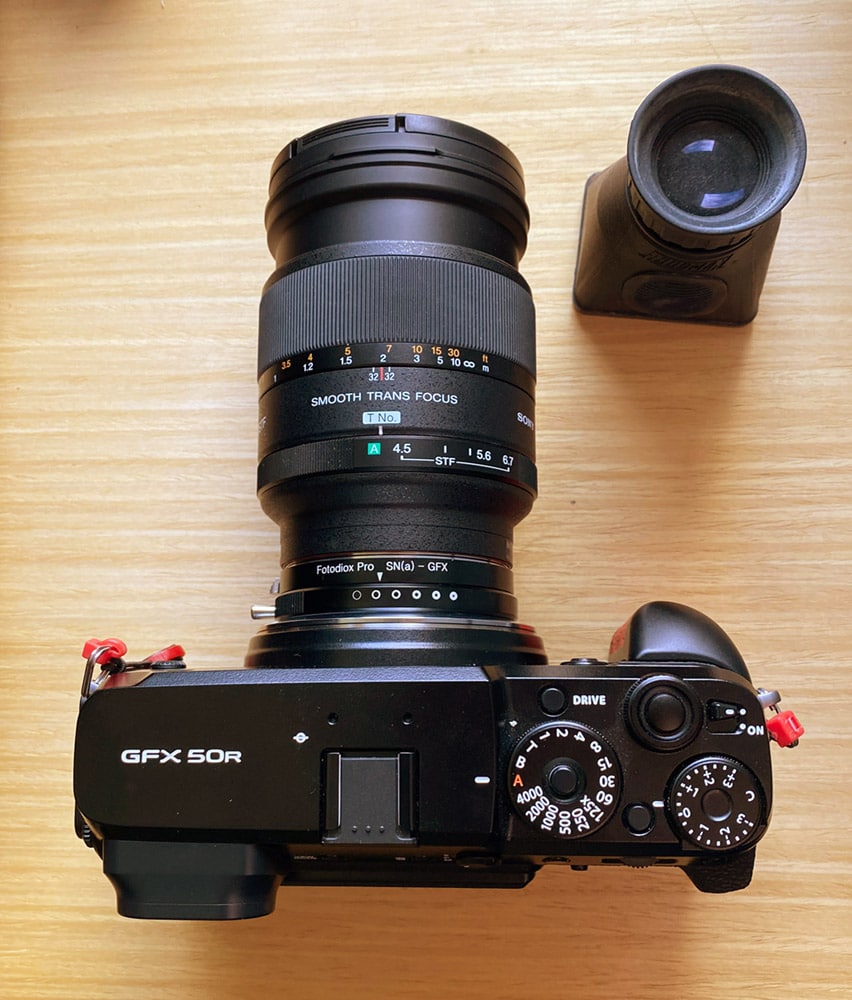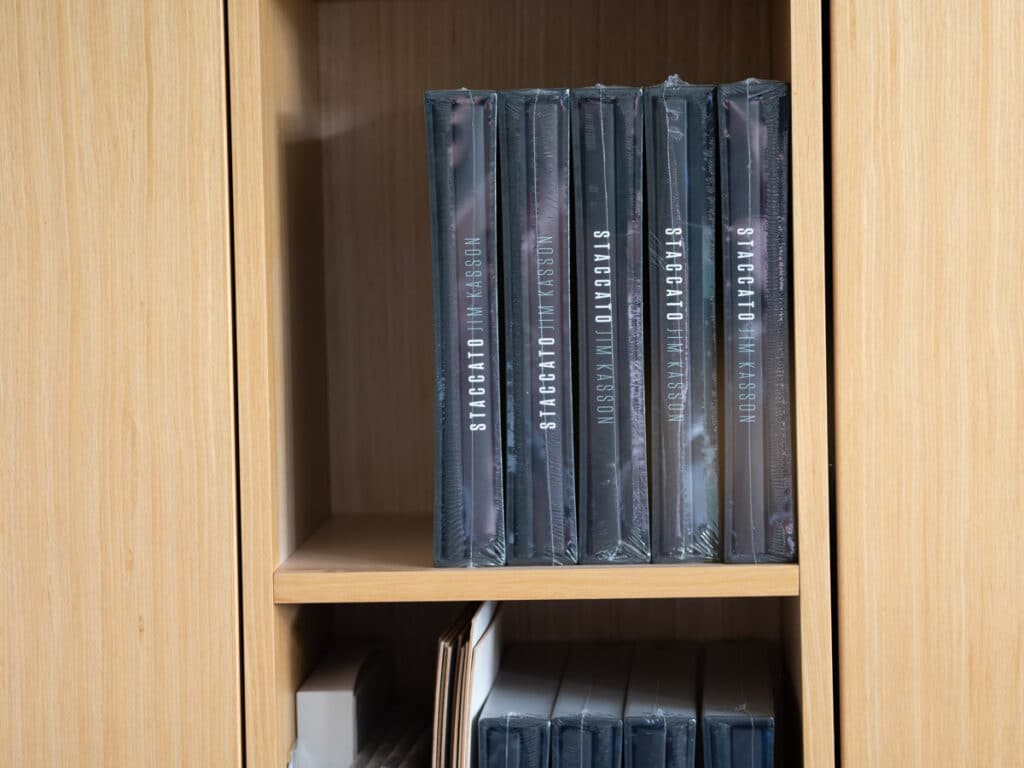Yesterday I received a Fotodiox Sony A to GFX adapter, and today I mounted a Sony 135 SLT (apodized) lens on it. I mounted the lens on a GFX 50R.
To my surprise and great pleasure, it covers the 33×44 format with no vignetting.
The equivalent FF focal length for the same image height is 98mm. I haven’t checked for corner sharpness, but if you’re shooting portraits, that really doesn’t matter. It is a manual focus lens, though.
I think this is great news!


Is the fact that it covers the 33×44 format with no vignetting a hint that Sony will use 33×44 mm sensors in the future?
I doubt it. This lens was designed for Sony SLRs.
Hi Jim,
I have also used this combination of lens and camera, inspired by the by the exellent off-axis OOF PSFs of the Sony 135/2.8 STF that you showed in 2017, and found that image quality is very good with just a tiny amount of field curvature and loss of sharpness in the extreme corners.
It would be very interesting to see the lens’ performance on the Fuji GFX in shots of Siemens star and point spread functions.
Best regards,
Alexander
The Minolta STF was designed to have zero vignetting on FF to prevent bokeh cutoff, so it makes sense that it can cover a larger format satisfactorily.
Does the Sony 135 STF work well on your IR-modified GFX-50R?
Interesting question. I’ll give it a shot.